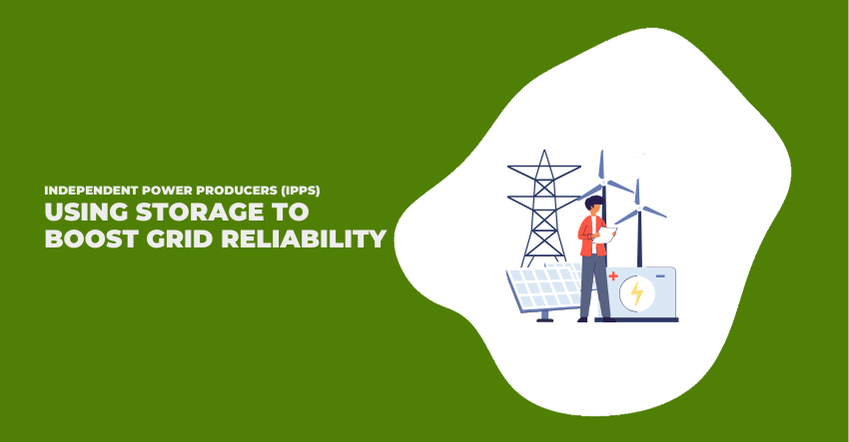Summary
North America prepared extensively for the total solar eclipse on April 8th, focusing on safety, environmental responsibility, and managing the expected surge in visitors. Concerns about eye safety led to warnings about counterfeit eclipse glasses, while the solar industry braced for a significant reduction in solar generation, implementing strategies to mitigate the impact on electricity supply. With thorough planning and coordination, communities across North America were ready to experience the celestial event, ensuring the well-being of all attendees.
Deep Dive
As North America eagerly awaited the upcoming total solar eclipse on April 8th, both spectators and authorities alike prepared for an unforgettable experience while prioritizing safety and environmental responsibility. While solar eclipses are awe-inspiring celestial phenomena, they also pose unique challenges for emergency management. Luckily, the eclipse provided advance notice of potential impacts, which allowed authorities to prepare for the surge in visitors and associated logistical challenges.
Canada’s Niagara Falls, for example, prepared for an influx of up to one million visitors. The expectation of large crowds triggered a preemptive state of emergency declaration for Ontario’s Niagara Region. With such a massive influx of spectators expected, officials took proactive measures to ensure safety and manage potential risks associated with the unprecedented event. Other popular viewing spots expected to draw large crowds focused their efforts on crowd control and traffic management while ensuring adequate resources are in place to address any emergencies that may arise.
Safety Measures and Public Awareness
Amid the excitement surrounding the eclipse, concerns about eye safety also emerged. Warnings about counterfeit eclipse glasses circulated online, with recall notices going out. To prevent eye damage, experts emphasized the importance of using internationally certified glasses to safely view the eclipse. With counterfeit glasses posing a risk to public safety, authorities urged caution and advised individuals to verify the authenticity of their eclipse eyewear.
Impact on Solar Energy Production
Meanwhile, the solar industry closely monitored the eclipse’s potential impact on solar productivity. Some U.S. grid operators anticipated significant reductions in solar generation during the event. Despite the challenges posed by the eclipse, grid operators implemented strategies to mitigate the impact on electricity supply, such as leveraging alternative energy sources like gas, batteries, and demand response programs.

Ontario grid
As the solar eclipse approached, the Ontario grid stood ready to navigate the temporary reduction in solar energy production, according to the Independent Electricity System Operator (IESO). With the eclipse expected to traverse southern Ontario, where the bulk of the province’s solar generation infrastructure is located, the IESO anticipated a potential loss of up to 1,800 megawatts during the event. Despite this, the IESO remained confident in its ability to maintain grid stability, citing minimal anticipated impacts on electricity supply due to proactive planning and robust infrastructure.
As part of its preparation efforts, the IESO closely monitored weather conditions and coordinated with neighboring jurisdictions to ensure seamless energy management throughout the eclipse period. Additionally, with most of Ontario’s solar facilities connected to local distribution networks rather than the provincial transmission grid, the IESO aimed to minimize disruptions and uphold energy reliability for residents and businesses across the region.
During the eclipse, in places where near or totality was witnessed, the street lights came on, which added a burden on the grid when solar panels were unable to generate power. The IESO spent months preparing for all possible scenarios and had gone in ready and prepared for this exact situation. They tapped into hydroelectric and gas generation to pick up the additional slack in terms of power generation. The actual amount of solar generation during the eclipse was higher than anticipated because the cloud systems were not as impactful as expected.
Texas Grid
The solar eclipse significantly impacted solar generation in the Electric Reliability Council of Texas (ERCOT), with a notable dip experienced between 12:10 p.m. and 3:10 p.m. CST, particularly around 1:40 p.m. CST. ERCOT had projected solar generation to decrease from over 10 GW to about 1.3 GW during totality, while demand was forecasted to increase to 51,539 MW. ERCOT had prepared by pre-positioning the system to manage solar ramping needs and expected no grid reliability concerns during the eclipse. Similarly, PJM Interconnection braced for an 85% to 100% reduction in solar resources within its footprint from 2 p.m. to 4 p.m., with grid readiness strategies in place to address potential impacts on generation and system frequency.
Conclusion: A Unified Effort for a Celestial Event
With proper planning and precautions in place, communities across North America were prepared and ready to witness the wonders of the universe while ensuring the well-being of all those in attendance.




